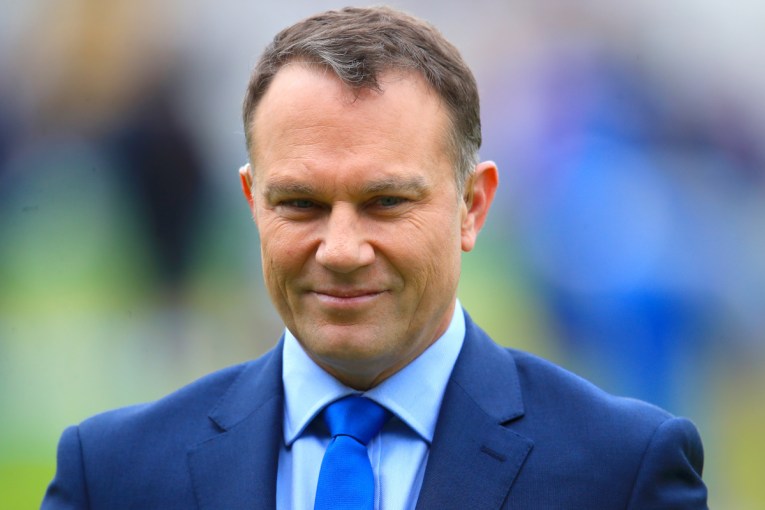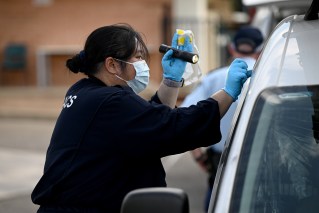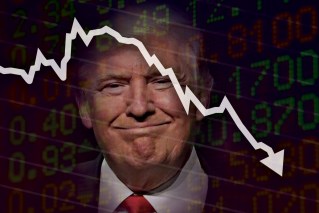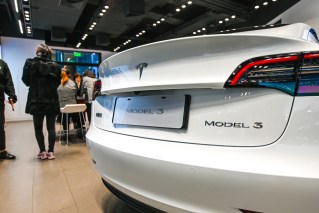Michael Pascoe: The other bad figures – inequality was worsening before COVID

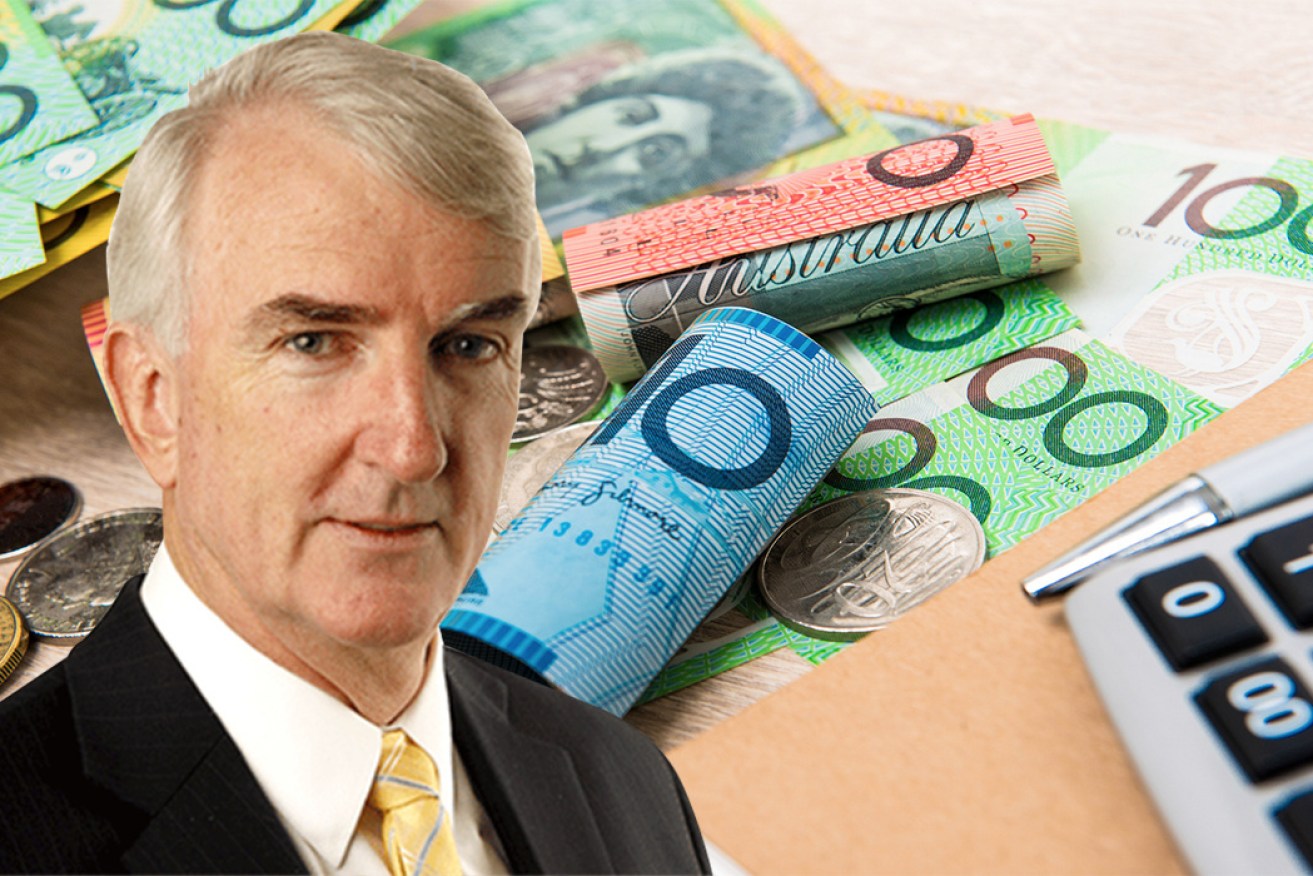
The ACOSS figures released on Wednesday would be even worse if they used the latest statistics.
Overshadowed by the national accounts on Wednesday was another set of dispiriting numbers: Inequality was worsening before the pandemic struck.
Particularly disappointing is that the UNSW Social Policy Research Centre and Australian Council of Social Services analysis showed both wealth and income inequality worsened.
While we’ve become used to real estate (primarily) and tax policy increasing wealth inequality, our progressive tax and transfer system had been holding income inequality fairly steady.
What’s worse is that the fresh inequality figures are old – the 2017-18 financial year.
The key trends over the two financial years mean the wealth and income gaps between rich and poor will have widened further.
And if you want fries with that, the first policy that seems to come to the federal Treasurer’s mind – bringing forward the legislated tax cuts for the better off – will make it worse again.
(How many worse can you have before hitting worst?)
The Irish farmer’s advice so often applies: You wouldn’t want to start a recession from here, let alone head in the direction Josh Frydenberg has signalled.

Treasurer Josh Frydenberg has spoken of the “devastating” numbers. Photo: AAP
The SPRC and ACOSS report finds that the top 20 per cent of households in 2017-18 have six times the disposable income of the bottom 20 per cent. In 2015-16, the ratio was five times.
Over the past two financial years, real disposable wages growth – what most people rely on for income – has been close to flat or worse. Investment income, by comparison, was doing nicely BC (Before COVID) – and almost two-thirds of investment income goes to the top 20 per cent.
Thus the odds are that the income gap continued to grow over the past two years.
The temporary increase in welfare payments of one sort or another as COVID hit has helped poorer Australians, but the government is starting to unwind that increase.
On the wealth front, the report found average household wealth topped the $1 million mark for the first time at $1,026,000 with 39 per cent of that in the main home, 21 per cent in superannuation, 20 per cent in shares and other financial assets, 12 per cent in investment real estate and 9 per cent in other non-financial assets such as cars.
However, wealth is distributed extremely unequally,’’ the report warns. “The average wealth of the highest 20 per cent of wealth-holders is $3,255,000 – over 90 times the wealth of the lowest 20 per cent (with just $36,000).
“The wealthiest 20 per cent hold almost two-thirds of all household wealth (64 per cent), more than all other households combined.
“From 2003 to 2017, the average wealth of the highest 20 per cent grew by 68 per cent compared with 6 per cent for the lowest 20 per cent. This divergence has been driven by the asset types held by the top 20 per cent: investment property, superannuation and shares.
“Eighty per cent of financial assets like shares and property investment are held by the highest 20 per cent of wealth-holders.”
Yes, the rich have indeed been getting richer and the tax system encourages that.
Franking credits and the capital gains tax discount mean those at the top generally pay a lower rate of tax on their investment income than the marginal income tax rate of people on wages as low as $37,000.
(The marginal income tax rate on incomes from $37,001 to $90,000 is 32.5 per cent plus the 2 per cent Medicare levy = 34.5 per cent. The top tax rate, applying above $180,000, is 45 per cent plus the Medicare levy = 47 per cent. But someone with a taxable income of more than $180,000 pays only 24.3 per cent tax on fully-franked dividends and – after the 50 per cent CGT discount – 23.5 per cent on the profit from selling investments such as shares or real estate. Yes, it does pay to be rich.)

The tax system helps the rich get richer.
The seriously wealthy who purely live off dividend streams and capital gains effectively enjoy a flat tax rate well below the marginal income tax rate of the vast majority of Australian workers – and that’s before employing fancy accounting and trust structures.
(The funny thing is that it has been the very seriously wealthy who have most driven the low-tax agenda via political donations and financing acquiescent economists and think tanks.)
Our progressive income tax and transfer system is pretty much irrelevant to those at the very top, but it has played a role in limiting income inequality for most of us.
The Morrison government’s legislated tax cuts are designed to change that by dramatically flattening the income tax scale for the better off. The main gains from stages two and three of the Morrison cuts flow to those with six-figure taxable incomes.
People on the median wage of about $60,000 will receive, to use a technical phrase, bugger-all.
Worsening inequality provides a stinging nettle garnish around the economic mud pie the government is thinking of serving up under the guise of stimulus to fight the deepest recession in 90 years.
With the household savings ratio soaring, bringing forward tax cuts for those with the greatest propensity to save is simply idiotic when the economy’s greatest need over at least the next couple of years is direct stimulus of employment growth through intelligently targeted spending.
That is what would end up most benefitting the nation, all of us, instead of the minority who have been doing increasingly better than most.
The Treasurer hinting at bringing forward such tax cuts just reinforces the impression that he has no credible plan at all for speeding up Australia’s recovery from the ’rona recession.
If you do have one, Mr Frydenberg, what is it?
And if you don’t, you are not fit for purpose.
